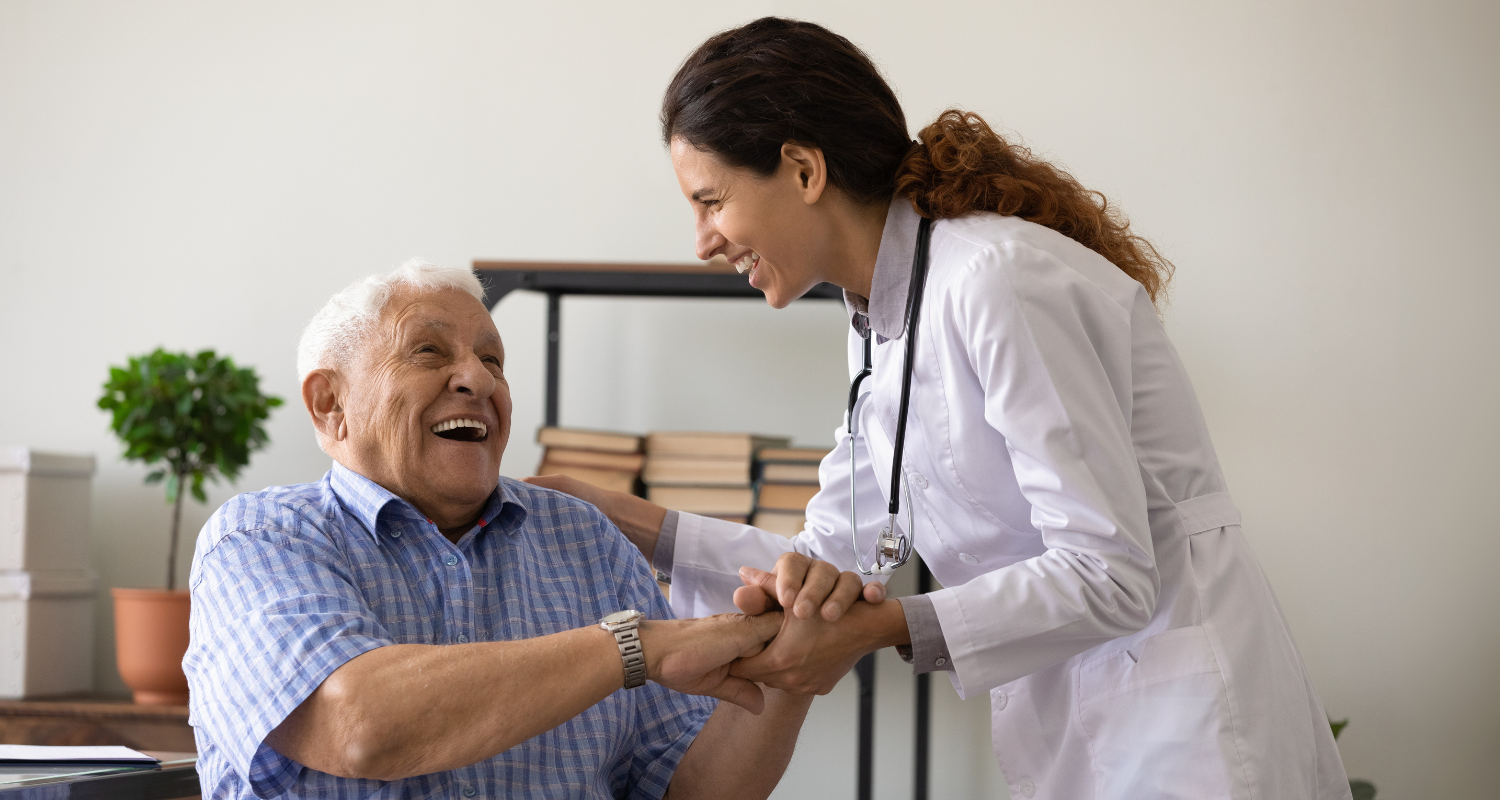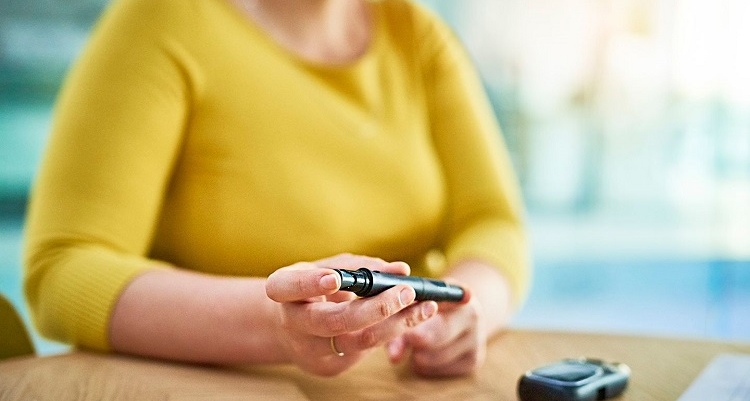We’ve quickly gone from ‘great weather for ducks’ to ‘it’s so hot you could fry an egg out there’. Australia must win the award for rapidly changing weather extremes.
Although we are all very familiar with the dangers of the Australian summer and heat, it’s always good to do a quick reminder of ways to outsmart the summer sun.
Older adults are particularly at risk, especially those:
- with dementia who may not recognise that they are heating up
- who are very frail or have a low body mass who may heat up more easily
- who struggle to maintain good hydration
- with mobility problems who cannot move themselves into shade or a cooler space, or who can’t remove their outer clothing or bedding
It is important to be on the lookout for signs of overheating and dehydration:
- dizziness, fatigue and rapid heart rate
- red or very pale skin or sweating
- claims of being hot or thirsty
- Light headedness, headaches, irritability or confusion
- dry lips or sunken eyes
- less frequent toileting, or dark-coloured urine
Keep hydrated by:
- monitoring fluid intake
- encourage more frequent drinking of fluids, don’t wait until feeling thirsty
- if water doesn’t excite, add some cucumber, mint or a slice of lemon or orange or try some lemon water, cranberry juice, apple juice or low-joule cordial
- eat foods high in fluids, such as cucumber, tomato, watermelon, grapes, oranges, strawberries, pineapple, blueberries or apples
- for those on a fluid restricted diet, check with your GP before making any changes
- keep hydrolyte handy in case of dehydration or diarrhoea
- have water handy, both at home and when out and about. Insulated water bottles/travel cups keep fluids cold for long periods of time. These can be purchased inexpensively from stores like Kmart
Ways to keep cool:
- position yourself in the best spot in the area to benefit from a cooling breeze and/or shade
- keep the curtains closed and sunshades down on hot days
- avoid areas that are in direct sunlight, this applies both indoors and outdoors
- wear appropriate light coloured, loose clothing, Natural materials like silk, cotton or linen allow air to flow freely
- keep feet free from socks and heavy shoes
- take cooling showers with tepid water
- Use cooling towels, as a cheap and easy way to cool the body. These can be purchased from a range of stores such as Bunnings, Harris Scarfe, Rebel or Amazon for approximately $10-$20.
- Go where the air conditioning is. See a movie, visit a shopping centre or library. Invite yourself to family or a friend’s house.
- Follow the 5S’s
- Remember to slip on clothing that covers as much skin as possible
- Slop on SPF30 (or higher sunscreen, ask for help applying sunscreen in hard to reach areas
- Slap on a broad brimmed hat
- Seek shade
- Slide on sunglasses
Accept help, if others are offering to do the chores or run errands that make you hot or have you out in the sun, let them. Helping others promotes feelings of wellbeing, so don’t deprive others the opportunity to feel good about themselves.
Talk to your Care Advisor about ways to incorporate more formal supports into your home care package. The intent of the Home Care Package is to deliver care and services into the home, there is no need to do everything yourself, help is available.
Related Posts
July 7, 2025
Managing diabetes with a Home Care Package – a path to better health
Living with diabetes can feel like a…




